Their live shows are another beast entirely. Picture a crowd of thousands, all thrashing in unison, lost in the chaos of pounding drums and shredding guitars. It’s an experience that’s both exhilarating and cathartic, like a release valve for pent-up energy. And let’s not forget the band members themselves—each one a master of their craft, bringing a level of musicianship that’s often overlooked in the genre.
So, whether you’re a die-hard fan or just curious about the buzz, Cannibal Corpse is more than just a band; they’re a phenomenon that challenges the norms of music and art. Their legacy is a testament to the power of pushing boundaries and embracing the dark side of creativity.
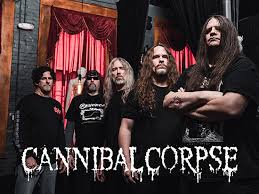
Cannibal Corpse: The Evolution of Death Metal’s Most Notorious Band
From their debut album, “Eaten Back to Life,” Cannibal Corpse made a bold statement. They weren’t just here to play music; they were here to shock and provoke thought. Their lyrics, often centered around horror and gore, are like a horror movie you can’t look away from. It’s not just about the shock value, though. Each album showcases their growth as musicians, evolving from raw, aggressive sounds to more complex compositions that still pack a punch.
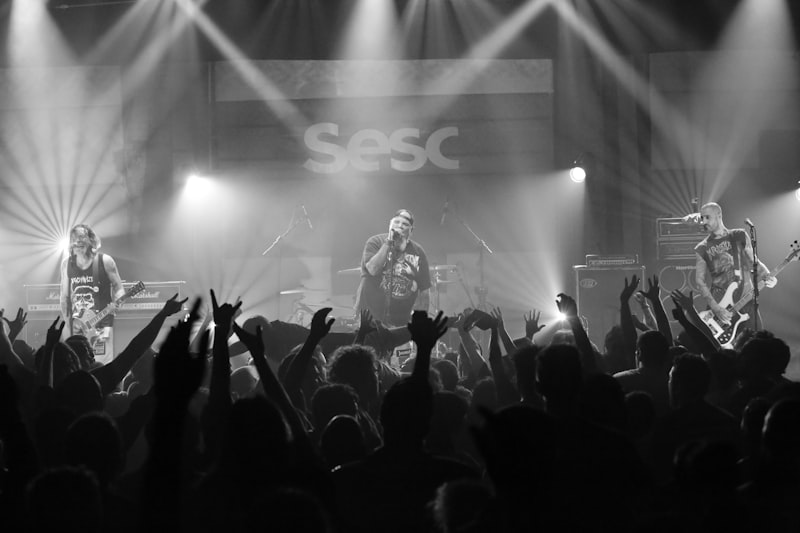
What’s fascinating is how they’ve managed to stay relevant in a constantly changing music landscape. They’ve embraced the digital age, using social media to connect with fans and share their music. It’s a testament to their adaptability and passion for what they do. Cannibal Corpse isn’t just a band; they’re a legacy, continually redefining what it means to be a part of the death metal scene.
Behind the Lyrics: The Dark and Disturbing Themes of Cannibal Corpse
Imagine walking through a haunted house, where every corner reveals something more grotesque than the last. That’s what Cannibal Corpse does with their lyrics. They explore themes of violence, death, and the macabre, often drawing inspiration from horror films and literature. It’s like they’ve taken the most shocking scenes from your favorite slasher flick and turned them into a soundtrack. But why do they do it?
Some might say it’s just shock value, but there’s a deeper layer to their artistry. It’s a form of catharsis, a way to confront the darker aspects of human nature. Think of it as a rollercoaster ride through fear—while you’re screaming and holding on for dear life, you’re also experiencing a thrill that’s hard to replicate. The band’s frontman, George “Corpsegrinder” Fisher, often emphasizes that their music isn’t meant to glorify violence; rather, it’s an exploration of the extremes of human experience.
From Underground to Iconic: How Cannibal Corpse Redefined Extreme Music
Formed in 1988, they took the music world by storm with their unapologetic lyrics and brutal sound. It’s like they grabbed the very essence of horror films and cranked it up to eleven. Their album covers, often graphic and controversial, became iconic in their own right, sparking debates and drawing in fans who craved something raw and unfiltered. Who else could turn a song about zombies into a headbanging anthem?
But it’s not just about shock value. Cannibal Corpse has a knack for musicianship that’s as impressive as it is intense. Their intricate guitar work and thunderous drumming create a soundscape that’s both chaotic and captivating. It’s like watching a master chef whip up a dish that looks terrifying but tastes divine. Each album is a journey through the darkest corners of the human psyche, inviting listeners to explore themes of death, violence, and the macabre.
Their influence stretches far beyond their own genre. Bands across the spectrum cite Cannibal Corpse as a major inspiration, proving that their impact is as deep as their growls. They’ve shown that extreme music isn’t just a niche; it’s a powerful force that can challenge norms and push boundaries. So, the next time you crank up the volume, remember: Cannibal Corpse didn’t just join the conversation; they changed the game entirely.
Cannibal Corpse’s Controversial Album Covers: Art or Outrage?
Imagine flipping through a record store and landing on a Cannibal Corpse album. The artwork hits you like a freight train—gory, graphic, and unapologetically intense. It’s not just a cover; it’s a statement. Some fans argue that these visuals are a form of artistic expression, pushing boundaries and challenging societal norms. After all, art has always been about evoking strong emotions, right? But then, there’s the other side of the coin. Critics scream “outrage!” and question whether such graphic depictions glorify violence and desensitize listeners.
It’s a bit like a double-edged sword. On one hand, you have the raw, unfiltered creativity that Cannibal Corpse embodies. On the other, you have the moral implications of showcasing such extreme imagery. It’s a conversation that sparks debate among fans and critics alike. So, what do you think? Are these covers a bold artistic statement or just a way to shock for the sake of shock? In a world where art can be anything, Cannibal Corpse certainly knows how to stir the pot, leaving us all wondering where the line between art and outrage really lies.
Frequently Asked Questions
What is Cannibal Corpse’s musical style?
The band is known for its aggressive and extreme style, characterized by fast tempos, heavy guitar riffs, and guttural vocals. Their music often features complex song structures and dark, graphic lyrical themes, primarily focusing on horror and violence.
Why is Cannibal Corpse controversial?
The band is often deemed controversial due to their graphic lyrics and imagery, which depict violence, gore, and horror themes. This has led to debates about artistic expression versus societal impact, resulting in censorship and bans in various regions.
Who are the current members of Cannibal Corpse?
Cannibal Corpse is currently comprised of George ‘Corpsegrinder’ Fisher (vocals), Rob Barrett (guitar), Eric Rutan (guitar), Alex Webster (bass), and Paul Mazurkiewicz (drums). This lineup has been instrumental in the band’s continued success in the death metal genre.
How has Cannibal Corpse influenced the death metal genre?
Cannibal Corpse has significantly shaped the death metal genre through their aggressive sound, complex song structures, and graphic lyrical themes. Their pioneering use of brutal riffs and intricate guitar work has set a standard for technical proficiency in the genre. Additionally, their controversial imagery and themes have pushed the boundaries of artistic expression in metal, inspiring countless bands and contributing to the evolution of death metal as a distinct and influential subgenre.
What are Cannibal Corpse’s most popular albums?
Cannibal Corpse is known for their influential death metal sound, with several albums standing out in their discography. Key releases include ‘Tomb of the Mutilated,’ ‘The Bleeding,’ and ‘Vile,’ which are celebrated for their aggressive style and complex compositions. These albums have garnered a significant following and are often regarded as essential listening for fans of the genre.

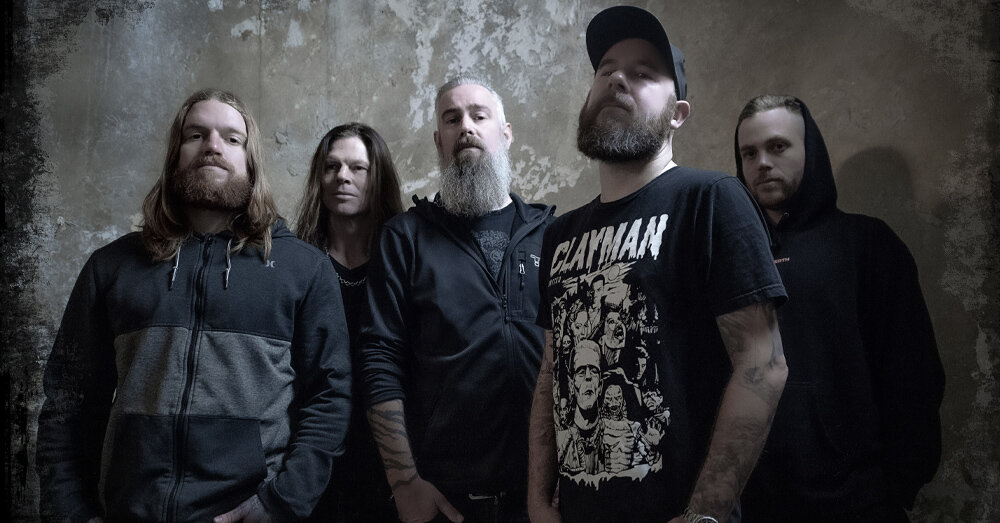
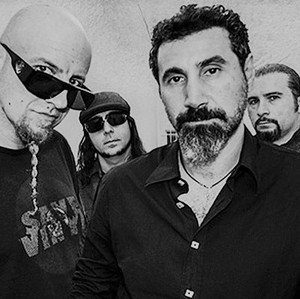

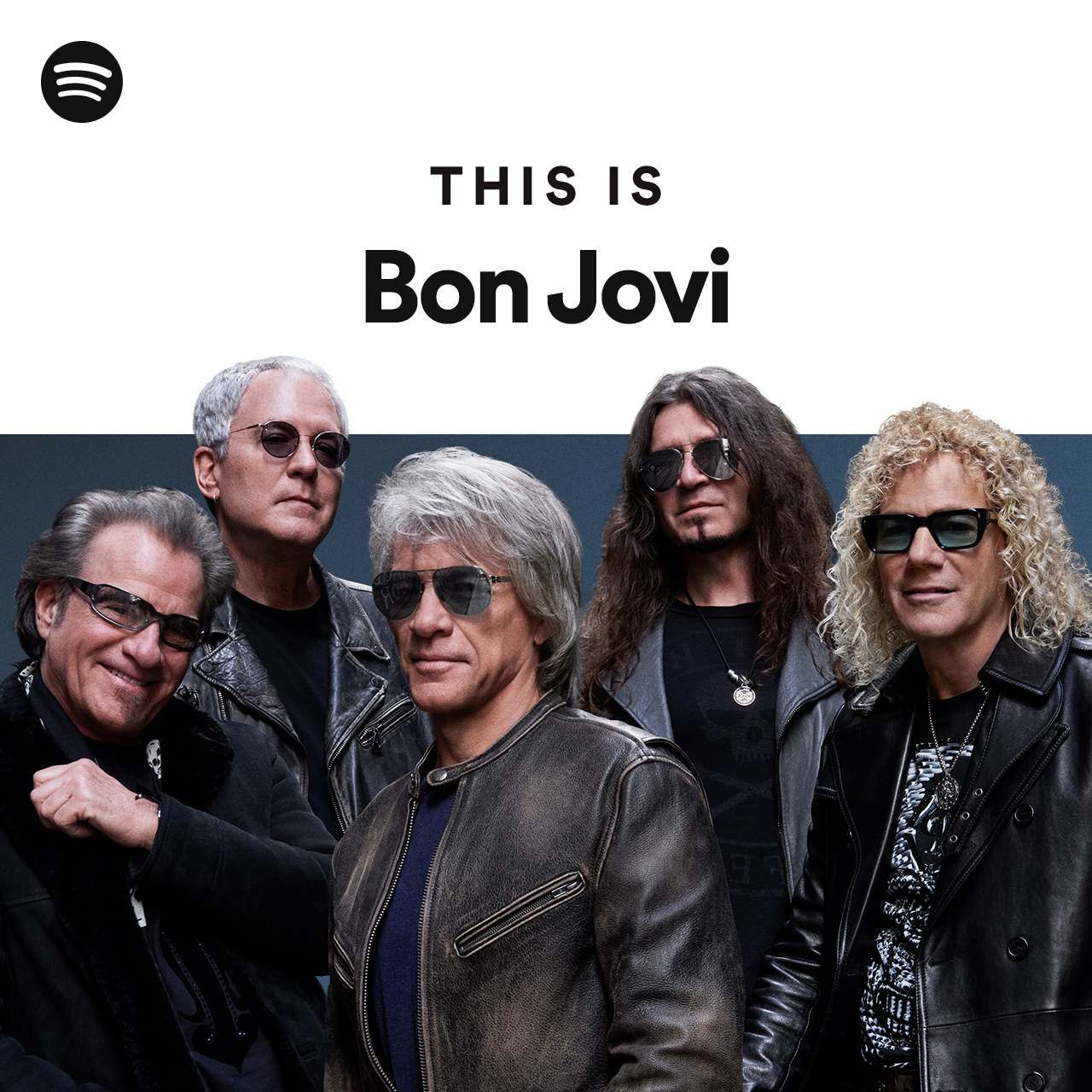




One thought on “Cannibal Corpse”